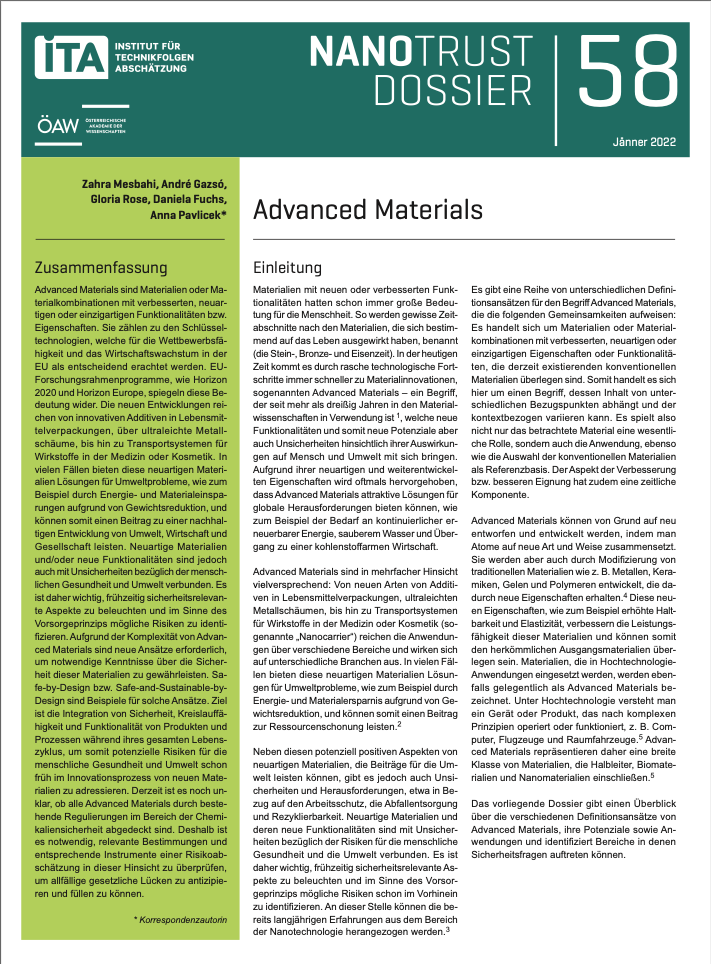Abstract:
Self-cleaning, water and dirt-repellent coatings have differing properties, functional principles and manufacturing processes. Self- cleaning of the "Lotus Effect®" type has its basis in chemical- physical principles – these surfaces are characterised by a special roughness and are strongly water-repellent; in the ideal case, rain is sufficient for cleaning. "Easy-to-Clean" materials, in contrast, have a particularly flat surface, which is both water and dirt- repellent on the basis of chemical aspects. Although the amount of mechanical cleaning may be reduced, they are not self-cleaning. A third form of self-cleaning is that based on photo catalysis by nano titanium dioxide. On such surfaces UV radiation produces oxygen radicals that decompose organic material, which in turn is removed in the rain by a water film. Self-cleaning, water and dirt-repellent coatings may reduce the amount of cleaning necessary and hence contribute to reducing the burden on the environment. However, eco- balances and life cycle assessments are still lacking. Risks for the environment and human health by nanoscale coatings or nanoparticles firmly embedded in a coating matrix are currently deemed rather unlikely. Initial investigations however indicate that titanium dioxide nanoparticles from house paint may erode and end up in the environment. This aspect needs to be analysed in the framework of an all-encompassing risk assessment.
Das NanoTrust-Team bietet an dieser Stelle in loser Folge sog.
Dossiers an,
die in leicht-fasslicher, aber wissenschaftlich fundierter Weise auf ca.
drei bis sechs Seiten den aktuellen Wissensstand zu den aktuellen Themen der
aufkommmenden Nanodebatte zusammenfassen.



 Home
Home Print
Print
 References
References
 Share
Share
